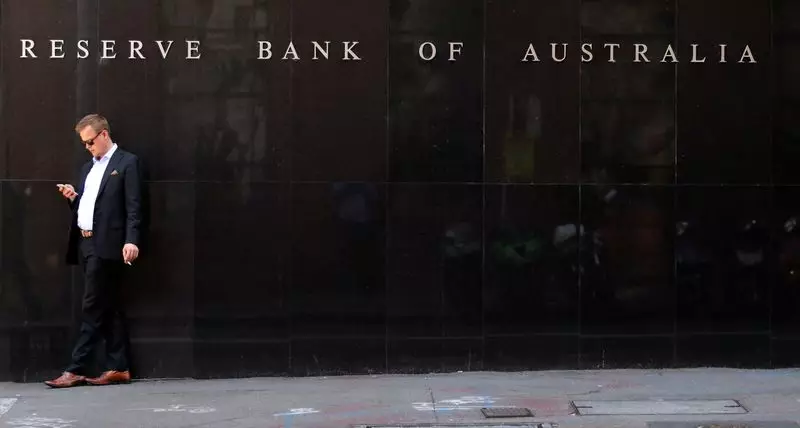Australia’s economic landscape is being shaped significantly by the dynamics of inflation, a concern that is being closely monitored by the Reserve Bank of Australia (RBA). Recently, Assistant Governor Sarah Hunter addressed inflation expectations during a speech in Sydney, assuring stakeholders that, as of now, these expectations have not become de-anchored. This observation is crucial, especially in light of fluctuating inflation rates that had previously raised alarm bells. The central bank’s recent research indicates that households have shown an unusual resilience by not reacting to the recent peak in inflation as strongly as anticipated.
This nuanced perception of inflation by households suggests an underlying confidence in the economic stability of Australia. Despite the RBA recognizing that the correlation between wage expectations and inflation expectations is weak, it is critical for policymakers to remain vigilant in tracking any shifts in this dynamic. Understanding how inflationary expectations are formed and evolve is essential to mitigating future economic risks.
Current Monetary Policy Stance
For the past several months, the RBA has maintained a steady cash rate of 4.35%, an increase from the pandemic-era low of 0.1%. This policy move is part of a broader strategy aimed at balancing the dual objectives of curbing inflation and supporting employment growth. This equilibrium, however, is delicate. Hunter’s remarks highlight the central bank’s ongoing commitment to keeping inflation within its target band of 2% to 3%. Nonetheless, the reality of persistent underlying inflation, currently measured at 3.9%, poses challenges to this goal.
Considering that the inflation forecast does not anticipate a slowdown to the mid-range of the target band until at least 2026, it is evident that the RBA’s current monetary policy may require further adjustments as economic conditions evolve. The enduring nature of inflation raises pertinent questions regarding the effectiveness of existing strategies.
Future Projections and Market Sentiment
The financial markets have been relatively conservative in their projections regarding monetary policy adjustments. A recent analysis of swap markets reveals a limited 40% probability that the RBA will implement a rate cut by December. This conservative outlook suggests that market participants are exercising caution, likely due to the unpredictability surrounding inflation trends and the broader economic context.
The implications of this cautious sentiment are significant for various sectors, including housing, consumer spending, and business investments, all of which may be influenced by future interest rate changes. Stakeholders—including consumers, businesses, and investors—are advised to remain abreast of developments, as shifts in monetary policy could have far-reaching effects.
While Australia’s central bank currently reports stable inflation expectations, the evolving economic landscape necessitates ongoing vigilance. With underlying inflation demonstrating resilience and a monetary policy regime that is potentially conducive to stricter oversight, the RBA will need to navigate the complexities of labor market dynamics and consumer sentiments carefully. Moving forward, clarity in communication and a robust strategy will be essential for maintaining economic stability and fostering confidence among Australian households and businesses alike.

